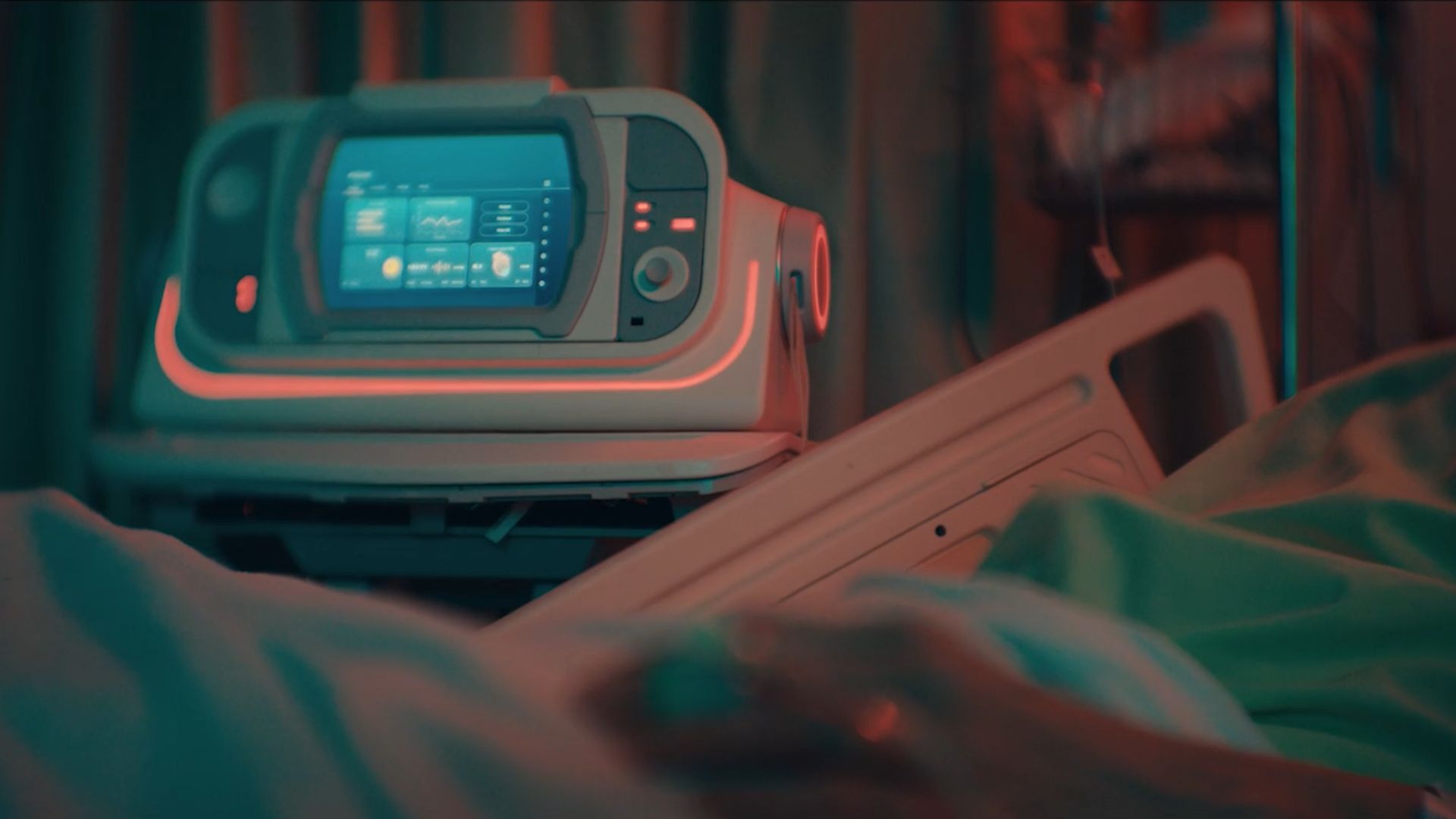A new mural dedicated to the city’s historical connection to water, nature and learning has been unveiled at Jesus Green Lido in Cambridge.
Jesus Green Lido is run by GLL, the charitable social enterprise…

A new mural dedicated to the city’s historical connection to water, nature and learning has been unveiled at Jesus Green Lido in Cambridge.
Jesus Green Lido is run by GLL, the charitable social enterprise…

Viewed from the very narrow perspective of tech and related services that were discontinued, deprecated and disconnected, 2025 was pretty quiet. But not silent: 10 events stand out for me as a loooong-time observer and participant in the industry…

Viewed from the very narrow perspective of tech and related services that were discontinued, deprecated and disconnected, 2025 was pretty quiet. But not silent: 10 events stand out for me as a loooong-time observer and participant in the industry…

We’ve heard a few rumors about the Samsung Galaxy S26 Ultra’s camera system, and the latest, coming out of China, claims Samsung will address some camera issues with its upcoming flagship.
We are referring to a post by popular tipster Ice…

A hill I’m willing to die on: I don’t consider content created entirely by an AI image or video generator “art.”
This rule — made by me, for me — has occupied a lot of my brain space in 2025. Over the course of the year, we’ve gone from clunky,…

Hospitals may soon be able to rely on a “self-driving” machine to help patients recover from heart attacks. This machine would deliver treatments to the patient, collect data on how their body responds, and then adjust their medications to…

For an agency shooting for the moon and onward to Mars, NASA in 2025 has been on a roller coaster ride of proposed budget cuts, personnel layoffs, and potential elimination of science missions.
A key question: Have these various traumas changed

Trauma is a major global health burden and remains a leading cause of death, particularly among young adults. According to the World Health Organization (WHO), injuries account for approximately 4.4 million deaths annually,…